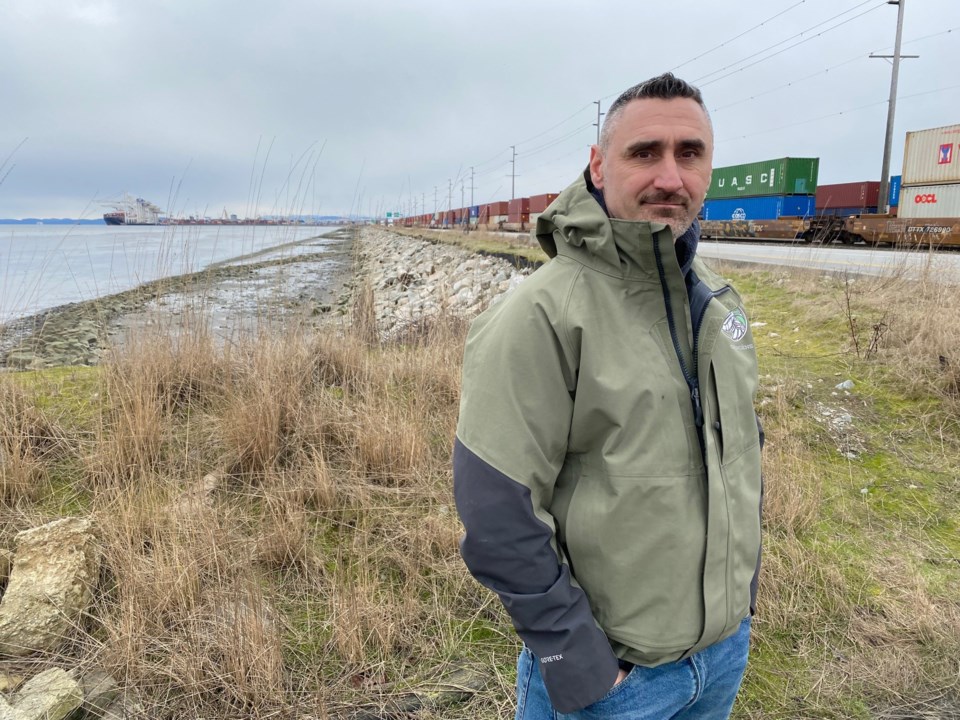A new independent Indigenous-led organization is focused on cumulative effects data gathering and advocating for monitoring of the health of the Salish Sea, particularly with the Port of Vancouver’s proposed Roberts Bank Terminal 2 (RBT2) project looming large over their communities.
Saying they are seeking meaningful participation when it comes to public policy, development and sustainable land-use planning, as well as informed decision-making on impacts to traditional lands and waters, the Salish Sea Indigenous Guardians Association (SSIGA) recently requested an Indigenous-led multi-phased regional assessment of the Salish Sea. Their request was developed through conversations with the Mohawk Nation of Kahnawake, who had requested an assessment for the St. Lawrence River.
SSIGA notes its request was denied due to RBT2's application progress, and told there was no legislative ability to pause assessments.
Noting they normally would not take a position on projects but RBT2 was “thrust” upon them, the group states, “Time and time again, anything related to cumulative effects have been piecemeal attempts that are not overarching due to being a condition of approval for projects that don't factor in Indigenous perspectives or priorities.”
Tsawwassen First Nation Member Steven Stark, one of the group’s founders and its current president, said, “As a Tsawwassen member and fisherman, I am also concerned about the extreme adverse effects to crab and fish which are continually referenced without any proper solutions.”
He also asked, “The entire process seems quite opaque and despite shaky economic grounds that also affect accommodation commitments to Indigenous communities it seems to move forward. Without cumulative effects there is no clear baseline for determining adequate avoidance, mitigation or accommodation measures. What impacts assessment if it does not actually seek to measure true impacts?”
Stark told the Optimist voices need to be heard through an Indigenous lens.
“Currently, there is no Indigenous-led organizations on cumulative or regional assessments, so, we united together because we figured our voices would be better heard jointly with different leaders from different communities,” said Stark.
He said the TFN pulled out due to “conflicting interests” but others who are involved include Chief Harley Chappell of the Semiahmoo First Nation and Kwantlen First Nation Council Member Tumia Knott.
Stark, a former longtime TFN Executive Council member and Legislator, also said there is currently no plans to have a TFN community vote on the RBT2 project, something that needs to change.
“That vote on the original memorandum of understanding happened in 2004, but the original agreement is outside of the scope of what it currently proposed, and so, there has not been any more community consultation on the approval of this project. There’s a lot of members who are not in favour of this,” said Stark. “They’re saying that because we agreed to the 2004 MOU agreement, and there is a stipulation that we could not oppose RBT2 when it came up. The port has now held us to that even though the scopes of the projects has morphed. The port has also failed in its obligations in that agreement including providing our own dock out here.”



